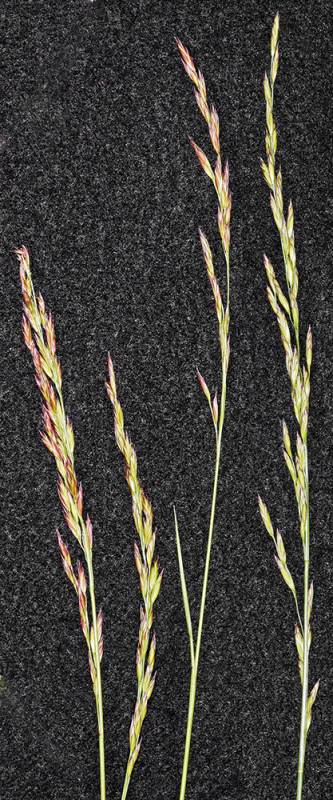Hosted by the University of Washington Herbarium, Burke Museum
Publication: Observ. Gramin. Belg. 106. 1824.
Origin: Introduced from Eurasia
Herbarium search: CPNWH
Notes: FNA24: "chedonorus arundinaceus is a Eurasian species that has been introduced to the Flora region. It is grown for forage, soil stabilization, and coarse turf. It is now cultivated in all but the coldest and most arid parts of North America, and often escapes. It is frequently infected with the endophytic fungi Neotyphodium coenophialum, which confers insect and drought resistance to the plant, among other benefits; it also produces ergot alkaloids that are toxic to livestock. Varieties with endophyte strains that do not produce toxic ergot alkaloids have been developed (Nihsen et al. 2004).
NOTE ADDED May 2009: The name Schedonorus arundinaceus is correct, not S. phoenix. There is a potential problem with the name S. arundinaceus but Drs. Kanchi Gandhi and Mary Barkworth will take action to address it in the near future. The grass portion of the PLANTS database, which shows S. phoenix as the correct name, has not been updated to reflect nomenclatural and taxonomic changes since 2006 although many changes to other parts of the database have been made. Keeping any web site current, including this one, is a problem. "
Last updated 1/1/2024 by David Giblin.

